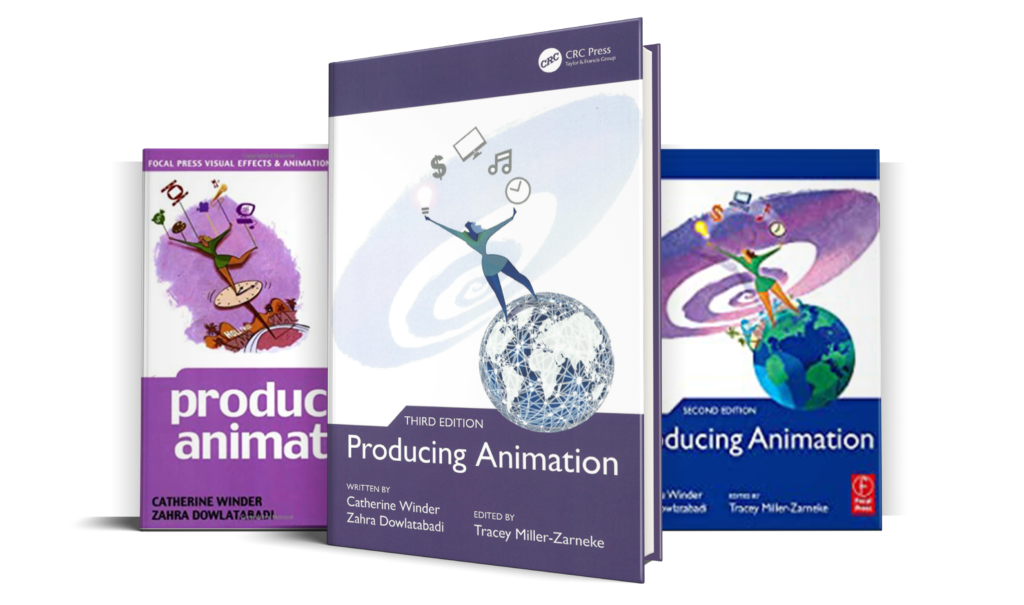LATE AFTERNOON
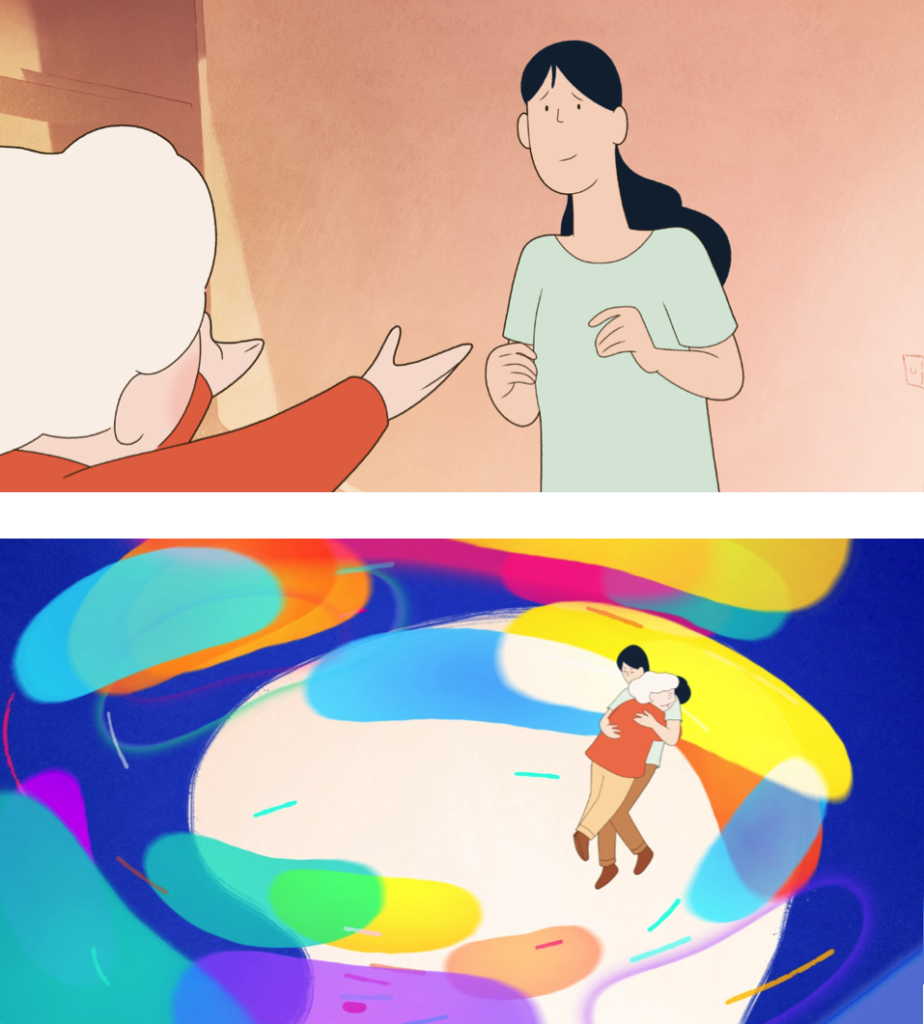
Figure 12.33 Late Afternoon: final frames ( © 2017 Cartoon Saloon & Louise Bagnall).
From Sketchbook to the Red Carpet
By Louise Bagnall
Director of the Oscar ® nominated short, Late Afternoon and several other shorts including Cúl An Tí, Loose Ends and Donkey; worked as character designer on the series Puffin Rock and on the feature film The Breadwinner; served as storyboard artist on The Wolfwalkers and assistant director on the upcoming feature My Father’s Dragon
Late Afternoon is an Oscar ® nominated short film that we made at Cartoon Saloon in 2016 and 2017. I wrote and directed it, and I loved having Nuria González Blanco serve as our producer. I am sharing our process here as an example of how to take a project from concept to public screenings to awards consideration, without a gigantic studio machine powering that process.
Originally I wanted to make a film that revolved around women, to explore an inner/internal life and to answer questions like “what kind of life experiences impact on your identity and sense of self?”
At the same time, I was reading and watching material about dementia, and I realized it was a good way to explore this question.
Early Concepts
Part of the inspiration for Emily came from my own grannies. As a child, I thought of them as sweet old ladies who would sneak me biscuits and stuff a fiver into my hand before I went home. Neither of them suffered from dementia, although there were times when they were confused and disconnected.
When I thought back about them as an adult, I realized I had only known one part of who they were … I wanted to explore the parts of their lives that I didn’t know as a child: who were they, what kind of experiences had they lived.
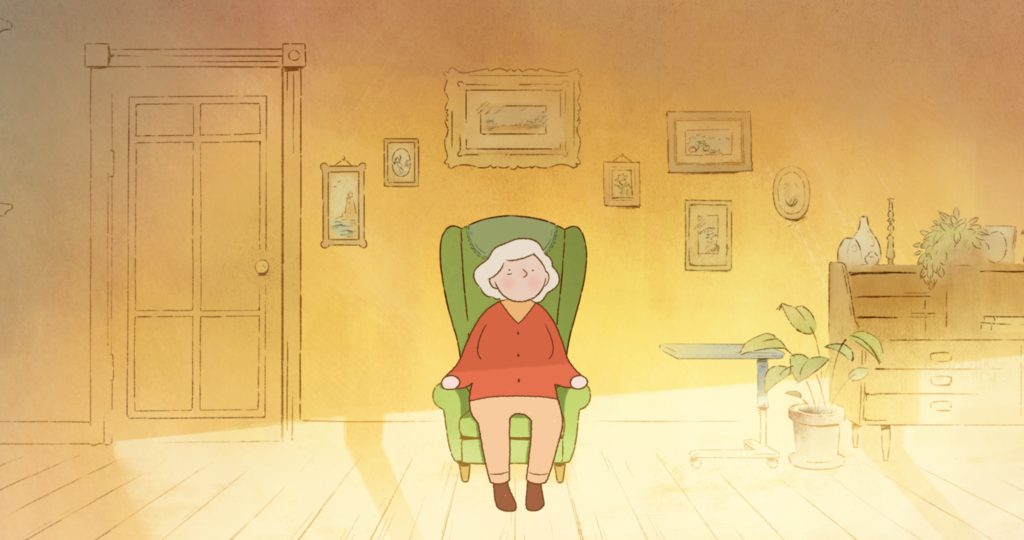
Figure 12.9 Late Afternoon: final frame ( © 2017 Cartoon Saloon & Louise Bagnall).
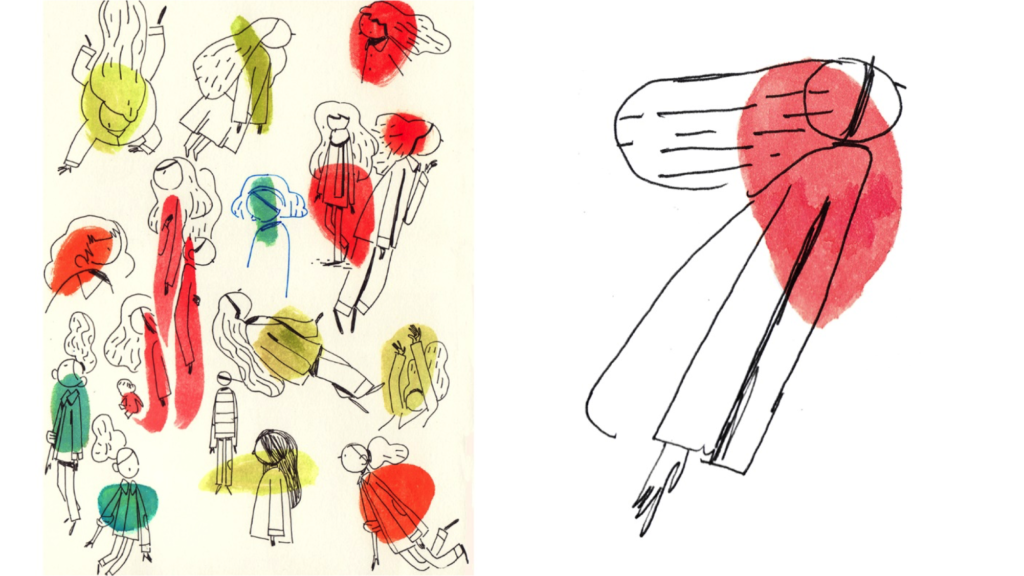
Figure 12.11 Late Afternoon: concept art ( © 2017 Cartoon Saloon & Louise Bagnall).
Representing the Abstract
The first things I created wasn’t a script though, it was drawings! For me, it’s how I let ideas develop early on, to try and explore what it is I’m interested in, all while doodling away. Here is an early sketch where I was trying to think about how to represent the abstract nature of an inner world, of memories.
You can see some of the core ideas, even in these early sketches: the character of Emily … the memories represented as colors … the floating head, sensations of falling or being underwater. And, of course, the removal of details, faces often with no facial features, for example. So after at least two years in my sketchbook, I knew that I really, really wanted to make this film.
I had kept coming back to it!
Funding the Dream, Finding the Team
I knew there was funding for animation shorts in Ireland which was funded by the Irish Film Board (IFB) and Radio Television Ireland (RTE).
I pitched a simple outline with some of the sketchbook drawings to Cartoon Saloon to see if they would be interested, and they were! I asked (ambushed, actually) Nuria to be my producer, and she came onboard. I can’t overstate how important it is to have a producer in whom you are confident. These pieces fell into place in February 2016, and things had to move fast – the application deadline was only a few weeks away, so I wrote the idea out in script form and Nuria prepared the other submission materials.
We submitted the application and were shortlisted. We had to prepare a few further materials for that. We also got our key casting of Fionnula Flanagan and our composer, Colm Mac Con Iomaire, in place at this stage.
In the summer of 2016, we found out that the pitch and interview were successful … which meant that now the real race was on: we had only ten months to hit the deadline!!
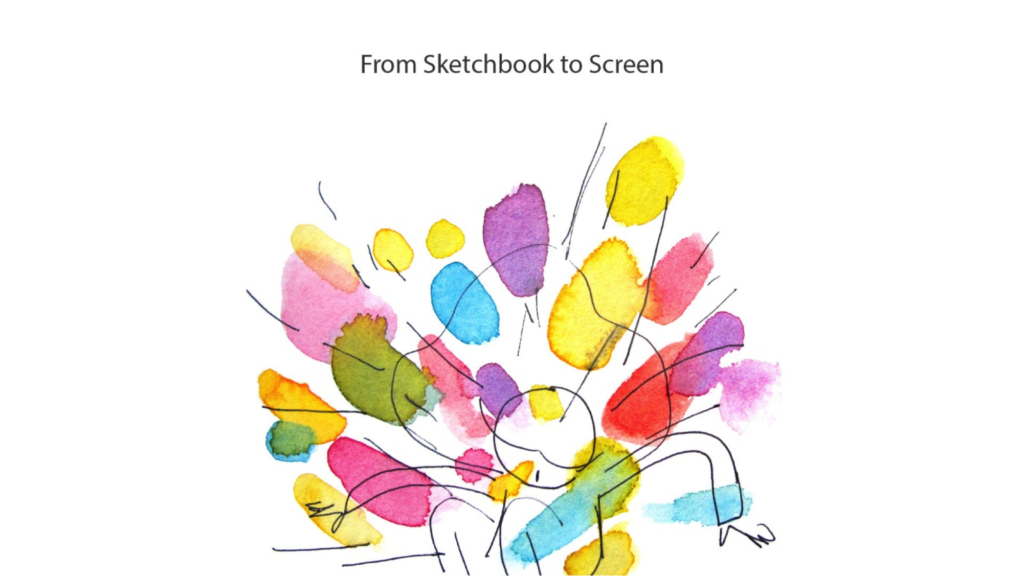
Figure 12.10 Late Afternoon: concept art ( © 2017 Cartoon Saloon & Louise Bagnall).
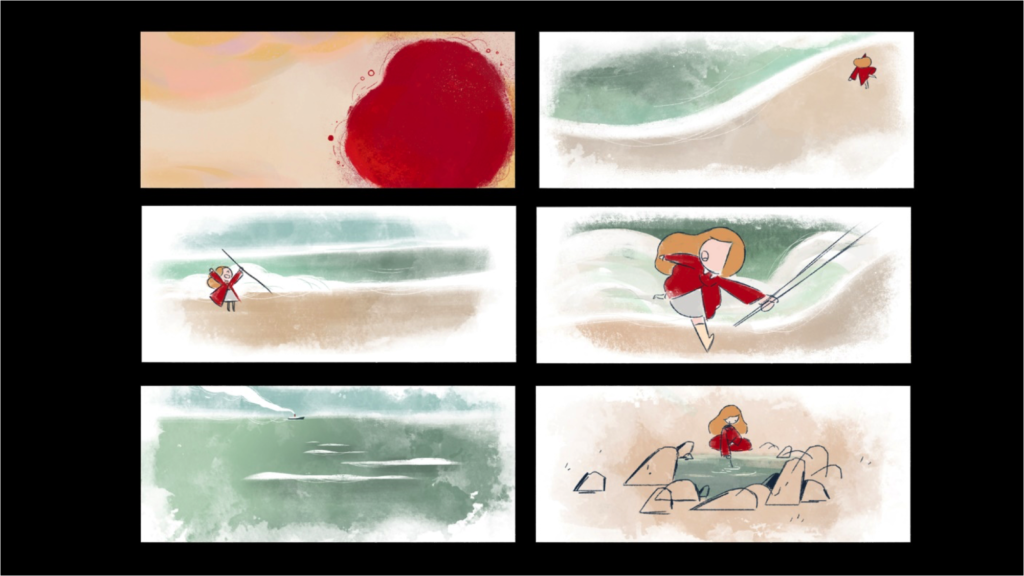
Figure 12.13 Late Afternoon: storyboards ( © 2017 Cartoon Saloon & Louise Bagnall).
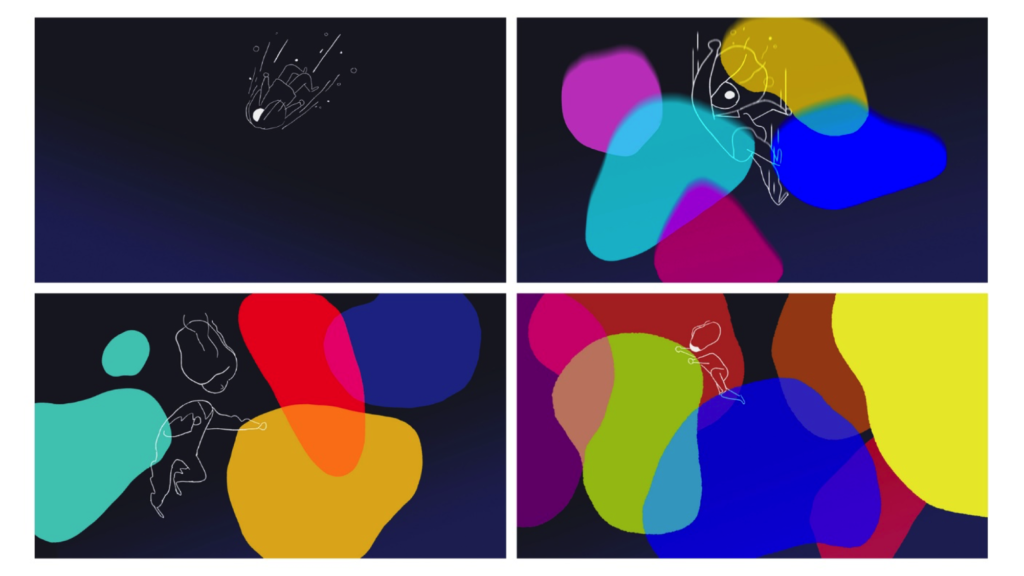
Figure 12.15 Late Afternoon: final frames ( © 2017 Cartoon Saloon & Louise Bagnall).
Production Begins: Creating a Visual Language
While I dove straight onto boarding the film, we brought on a small team of people including asset designer Aine McGuinness and layout supervisor Stefano Scapolan whose main focus was developing the visual language of the film. Taking cues from the boards I was creating, Aine and Stefano focused on how color and shape would run through the film, leading the transitions.
We developed a visual language for three distinct areas:
The Present: Sitting room. Static camera. Limited color palette. Flat staging.
The Subconscious: Open world. Weightless/underwater feeling. Memory color. Going from light to dark.
The Memories: Dynamic camera. Hazy edges. Vibrant colors. Loose/broken line. I wanted the memories to feel dynamic and flowing in contrast to the static nature of the sitting room.
Stefano created a color board that helped us to see at a glance how the colors were like
connecting threads throughout. This is just a section of it, it was like a roadmap! Color became a symbol of each memory.
We used Photoshop for the animated texture that we could mask to an area of color such as Emily’s coat.
For the linework on the characters, we kept the line closed and completed in the “present day” for the feeling of stability.
In the memories, we broke the line up, leaving many corners open.
Character Design
I’ve worked a bit in character design but this time I wanted to try something a bit different – to avoid traditional model sheets! The reason being that I wanted the animators to push and pull the character around. It captures more of the sketchbook feeling. You can see that details of the face are often missing.
So in order to encourage the animator to “think outside of the box” and be a bit more playful I did these character sheets as reference. I also provided a few character poses per scene as a suggestion for how far they could push the volumes in the shot and what details could be left off.
Kate had probably the most traditional model sheet since I wanted her to feel more controlled and stable, as compared to Emily.
Emily herself had quite a few costume changes! The clothes had to feel time-appropriate.
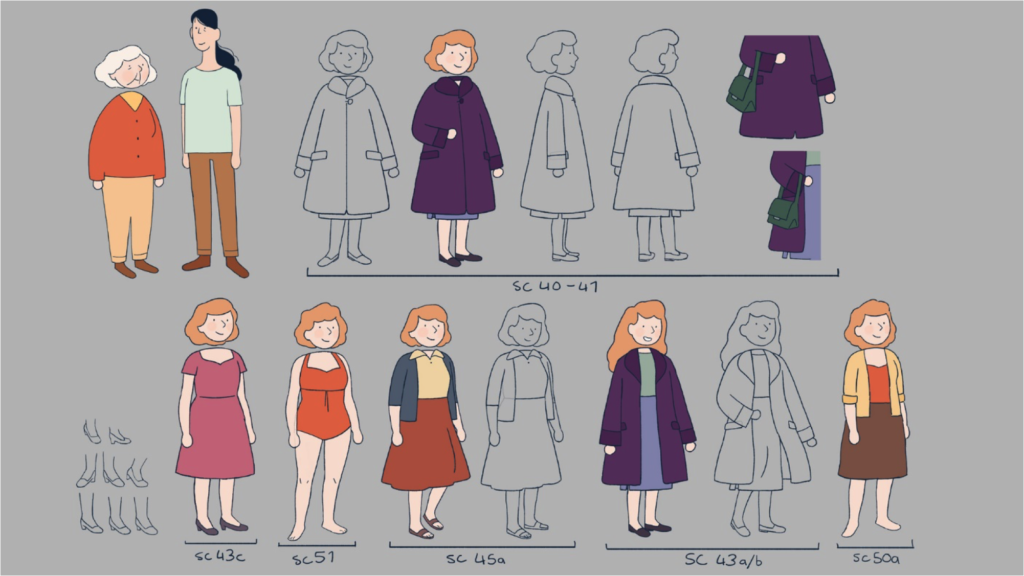
Figure 12.25 Late Afternoon: costume sheet ( © 2017 Cartoon Saloon & Louise Bagnall).
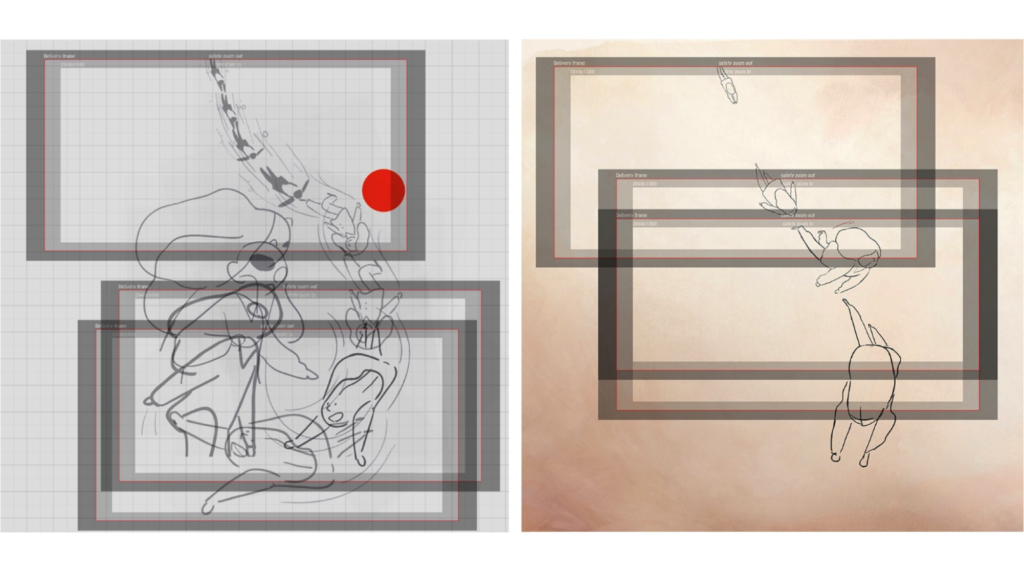
Figure 12.27 Late Afternoon: scene planning ( © 2017 Cartoon Saloon & Louise Bagnall).
Storyboards, Layout, and Camerawork
On the boards, I was attempting some quite ambitious camera moves, which meant we had to try to translate these so that they could be understood by the team and animated.
On selected scenes therefore we did a “pre-vis” pass.
One of the biggest challenges was making the transitions and dynamic camera movements with 2D animation. Here was one of the more straightforward camera tests. By the way, animating on 2s with camera movements on 1s don’t go together very well. Sometimes it was about moving the camera, and sometimes it was animating the move in camera!
As the animation progressed, so too did the layouts and backgrounds. Here you can see how the setting of the sitting room progresses from beginning to end – reflecting Emily’s emotional state.
This is a little side by side comparison of the room from the beginning/end. Early on the layouts show how we wanted it to feel structured and static – flat staging. At the end of the film the memories are catching up to the present. The sitting room begins to bend and warp too – just like the memories do.
Animating and Voicing the Emotion
Of course, the film couldn’t be all just sweeping cameras and action-filled animation! The animators did an amazing job, not just with these scenes, but also with the delicate emotional moments between Emily and Kate.
It’s a short film, so you don’t have much time, or many scenes to have the audience connect with Emily … And I really wanted the audience to be WITH Emily. To go on the journey alongside
her.
And it’s more than just visuals. On the sound side of it, we added the talents of Fionnula Flannagan for Emily’s main voice and the wonderful Niamh Moyles voiced Kate.
For the music, we brought on Colm Mac Con Iomaire, a fiddle player and composer who came on board very early on and kept in contact throughout our progress. I sent him updated animatics and clips, and in return he would send scratch tracks to capture the mood. The music turned out even better than I expected!
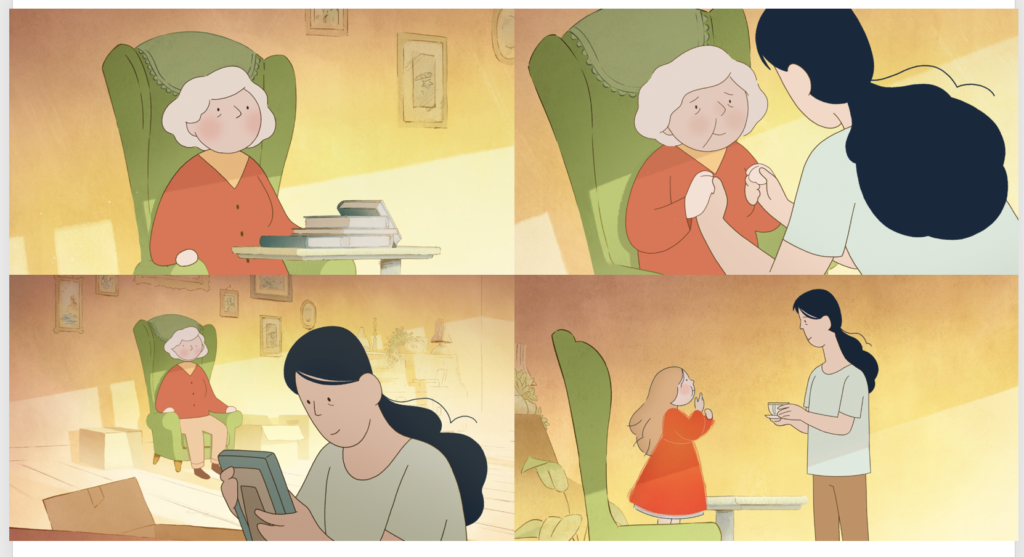
Figure 12.32 Late Afternoon: final frames ( © 2017 Cartoon Saloon & Louise Bagnall).
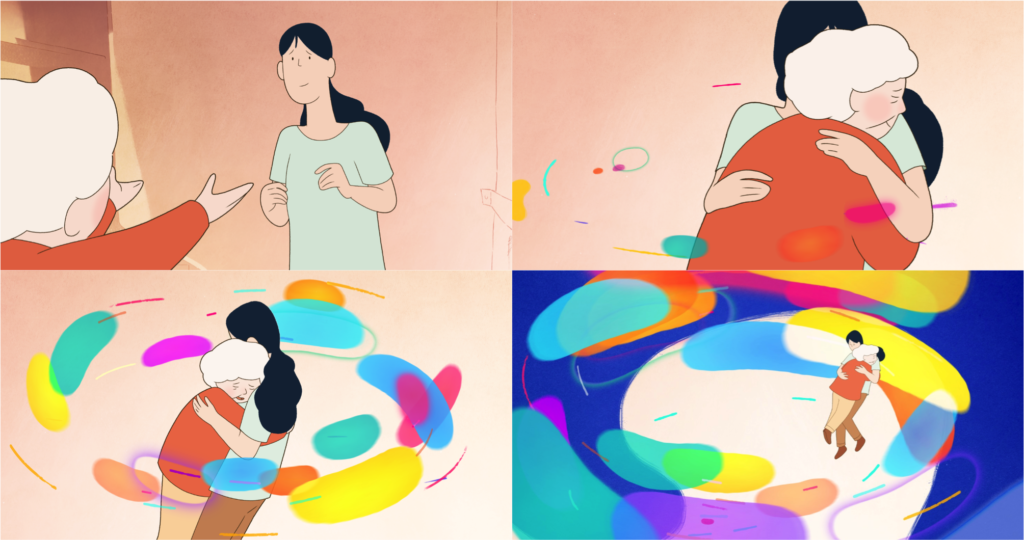
Figure 12.33 Late Afternoon: final frames ( © 2017 Cartoon Saloon & Louise Bagnall).
Effects, and the Effect of the Final Film
This scene was one of the biggest challenges in the film – there were camera moves, warping and changing background, moving characters, and of course about a million color FX!
We did a few pre-vis passes. We had to animate parts on 1s. We crashed After Effects many, many times with all the color “blob” effects, and in fact we called this Blobtown.
Besides all of the technical challenges of making the film, there was also the sensitivity of the story. We talked with a consultant who works with families and people living with dementia to make sure aspects of the film rang true.
I didn’t want the ending to be a simple “happy” ending, instead it is more bittersweet. For me, the point of the film was to cherish this moment of connection between Emily and Kate.
And to celebrate Emily’s understanding of who she is, however short of a moment that may be.
The final shot of the film was one of the last to be locked in the animatic. It was always going to be about the waves. In the end, the final shot is a gentle reminder that this moment too will be
washed away.
Sharing the Story With the World
There’s a lot of work to be done afterwards if you want people to actually see the film that everyone worked so hard to make. Here is a screenshot of the festival submissions that we did for the next 18 months, which was an ongoing effort.
The reality was that this festival application process was really tough at the start! It was a rollercoaster, we got rejected from many festivals right out of the gate. I understand that being accepted or rejected from a festival doesn’t make your film good or bad, but that doesn’t mean it still doesn’t hurt. It’s hard to not put emotional weight on something that I know so many people had worked hard on. I wanted people to see it!!
But gradually the film got more and more festivals. We got into Tribeca in New York who only select eight animation shorts … and then we won! Not only did that help the film to become far more visible to festivals, but it also meant that we were now an Oscar-qualifying film!
Soon after that, we won in Animayo, another Oscar-qualifying festival! And then the festivals came thick and fast. The film was shown in over 100 festivals around the world, and has won
more than 20 awards along the way, each one a great honor and exciting moment for us.
I and other members of the team travelled to so many of the festivals – we went to Japan, USA, Italy, South Korea, UK, and Germany. It is part of the experience that you don’t want to miss out on!
By the time the “Oscar long list” was established in September 2018, the film had been seen by many people and had built up some buzz. During that timeframe, I traveled to Los Angeles to do a studio tour, presenting the film along with a few other Cartoon Saloon shorts.
Then in December 2018, the film was “shortlisted,” which means the pool of contenders was whittled down from 80 films to just ten semi-finalists; and in January 2019, “Late Afternoon” was nominated to be part of the final five on the actual Academy voting ballot.
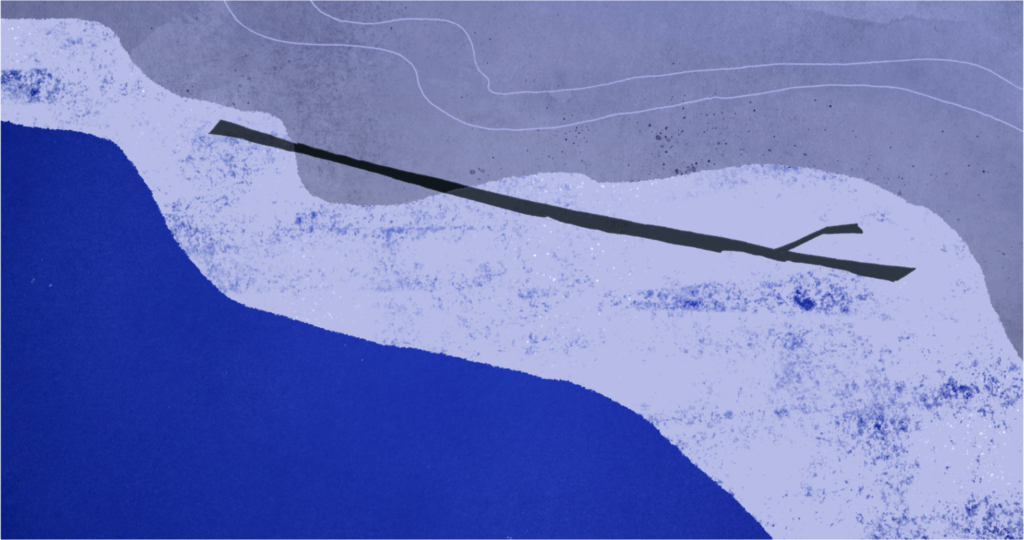
Figure 12.34 Late Afternoon: final frame ( © 2017 Cartoon Saloon & Louise Bagnall).
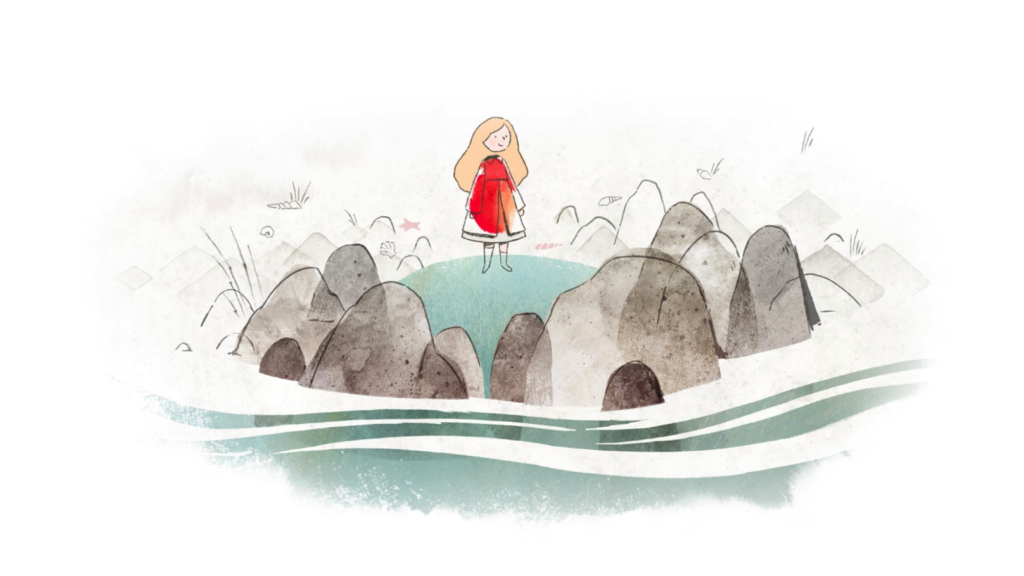
Figure 12.36 Late Afternoon: final frame ( © 2017 Cartoon Saloon & Louise Bagnall).
Later Afternoon
My reflection on this whole experience is full of gratitude for everyone and the amazing support we received, especially for the whole team who worked on the film. The passion, energy, and craft that they brought to the film made it all possible! I am so thankful for having had an amazing producer to guide us through this whole process, and for the founders of Cartoon Saloon for creating a studio, a culture and an environment that is so, so special. I don’t think I could have made this anywhere else, with anyone else.
More information follows in the textbook:
WATCH NOW:
Late Afternoon
The Making of an Oscar ® Nominated Short

